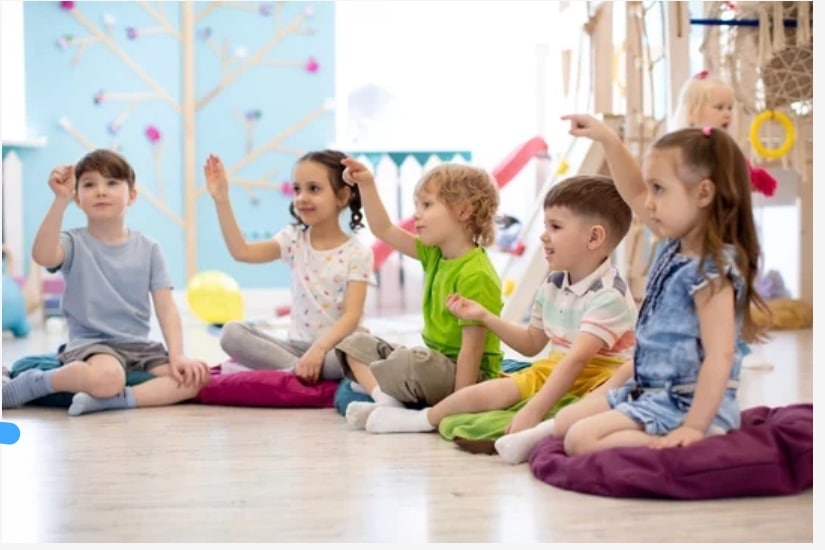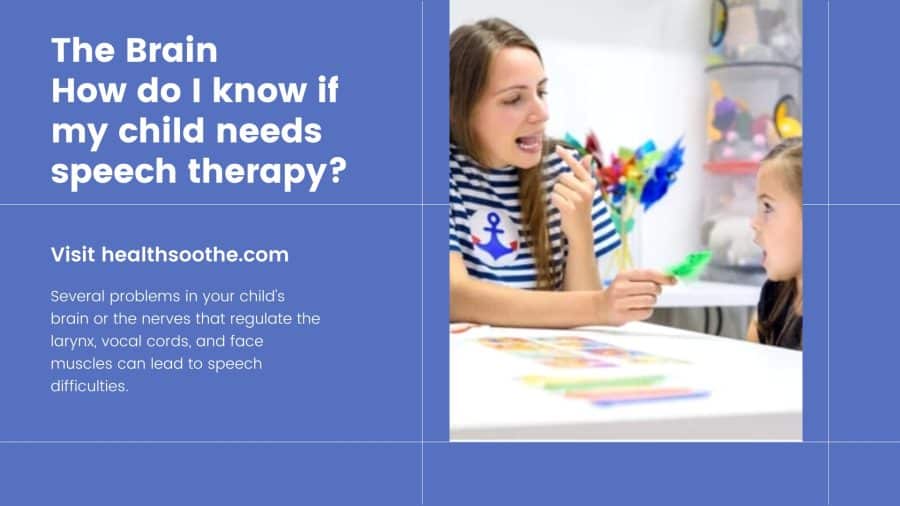Working from home has been both a gift and a challenge to new parents, giving them the ability to witness firsthand how their child learns the world, grasps language, and progresses in terms of communication.
Indeed, there are best speech exercises for your child, and below are some tips and tasks that can also aid in their developmental stages of language learning.
Speech therapy, though originally thought of as an intervention for speech impediments, are essential to all children. These are not just corrective but are also fundamental to their grasp and fluency in language production一be it verbal or written.
The point of speech therapy is to encourage children to communicate better through language, and as they are still in the stage of learning the language itself, exercises are necessary. Moreover, parents can avail bilingual speech online to help the child learn at home
Kids Copy What They Hear
As much as their cuteness can woo us when we talk to children like we talk to adults, they are more exposed to how language isn’t just used but also how language sounds. We can freely play with intonations, but greater help comes when we pronounce words the right way, even when they are still struggling to capture their sound.
Skills Are Learned through Practice
Speaking is a skill, and a child can only be adept at it through repetitions and routines. Gamification can be used to make pronunciation practices more fun for both parent and child.
When a child is able to overcome certain difficult sounds or stutters, it is a win for both the parent and the child and thus, feels greatly encouraging when rewarded well.
Positive Reinforcement Wins
As much as it may seem easier to spot children’s mistakes, it is still best for parents to pay attention to their child’s progress and the things that they have done well. Encouraging them through rewards–whether material or time together–empowers them to keep ongoing.
Reading Time Is Precious
Not only does reading to children prepare them to be able to read on their own, but reading to them also shows them what they can do with words, the many ways they can communicate, and the creative force of language.
Additionally, if working from home shows them that time is limited as it is divided between work and family time, spending time to read to them becomes a special moment that lets them know you can give undivided attention to them as well.
Communicate Creatively
Communication clearly doesn’t just happen through verbal communication. When children are still learning a language, it is best to teach them with a combination of body language, gestures, and, more so, facial expressions.
This encourages them to see through language learning as not just a task but also a tool that they can find useful.
People Teach Language First
In our fast-paced, digital age, it would seem easier to let children be exposed to language from videos online or even be guided through an app that focuses on speech impediments.
However, language’s key role as means to communicate means that it is best learned first and practiced with another human being. This means that our conversations with our kids are still their strongest language pool.
In addition to the benefits of interacting with humans to learn language, incorporating speech therapy exercises and activities into daily life at home can also be highly effective for language training. These exercises can be especially beneficial for children with speech impediments, but they can also be helpful for children with typical speech development who are looking to improve their language skills. By exposing children to a variety of language-rich experiences and engaging in activities that encourage communication, parents can help their child develop strong language abilities and improve their overall ability to communicate effectively, making language training a more effective process.
Challenge Their Communication
It is good to allow children to encounter moments where they will need to ask a parent’s help, such as reaching for things or requesting assistance. Allow these moments as teaching moments that put them in situations where they, too, can try their best to communicate and be understood.
Have a Conversation with Them
Sometimes, we get too busy teaching them how to speak or communicate that we miss out on dialogues. Ask them what they are feeling.
Tell them what you did today. Have a conversation with them even if they’re still at a babbling phase, as this opens them up to communicating with you as well.
Silence Isn’t Bad
Extra patience and grace are required when children take their pauses. Let them. It only means they are taking the time to think of ways to respond.
It’s also proof that they’re developing critical thinking skills early on.
Techniques Can Be Fun
When targeting specific sounds (e.g., p/f, r/w, l/y), skills to train them to distinguish enunciating these can be combined with exercises that can be fun and fundamental.
Sipping straws and blowing bubbles can help strengthen their jaw and facial muscles, which can allow them to produce sounds better.
Speech Therapy for Kids
Each child develops uniquely, and though there are considerable milestones set for an age group, parents must always remember that learning itself isn’t linear.
Thus, children ought to be exposed to an environment that allows them the space to learn at their own pace. It takes patience, love, and a lot of encouragement for children to better grasp the bigger task of communicating more than just being adept in a language.


